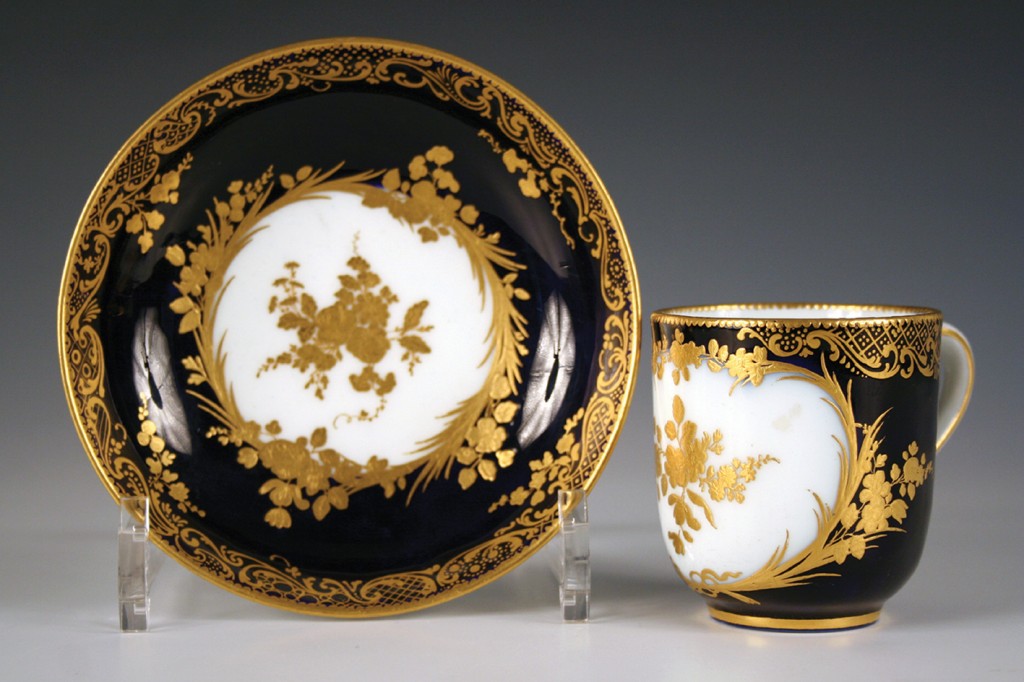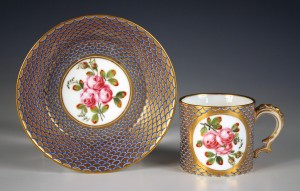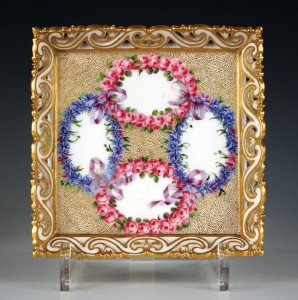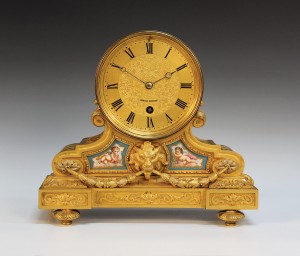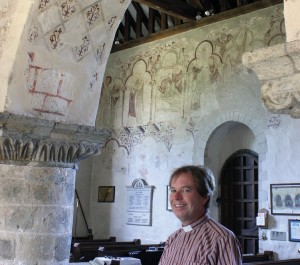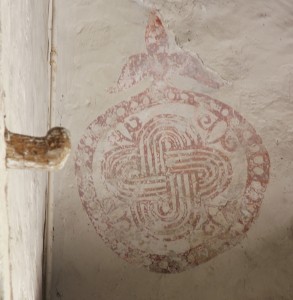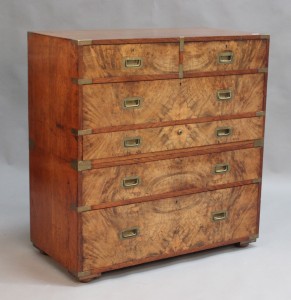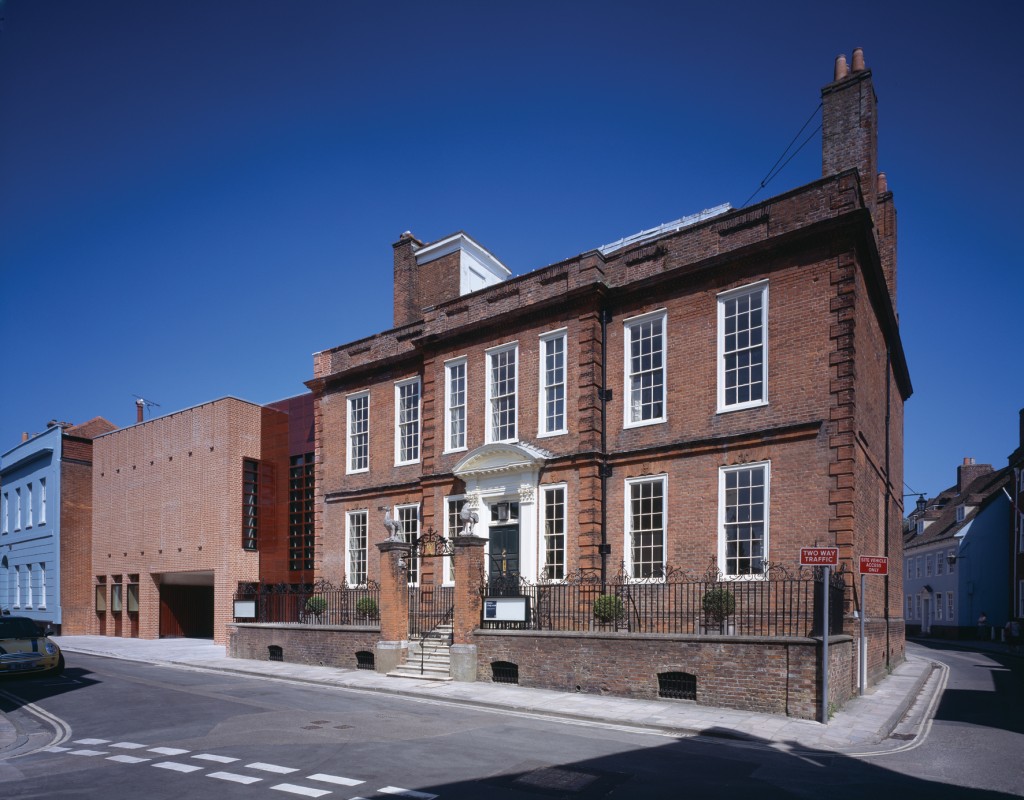
Toovey’s are holding a fund-raising valuations afternoon for Fine Art and Oriental Antiques on Monday 12th May 2014 at Pallant House Gallery, 9 North Pallant, Chichester, West Sussex, PO19 1TJ.
Toovey’s specialists will be at the gallery between 1pm and 5pm to offer free valuations of your paintings, sculptures and Asian and Islamic ceramics and works of art. A third of the seller’s commission for any items valued at the event and subsequently sold through auction at Toovey’s will be donated to the gallery.
Rupert Toovey comments: “The jewel-like collections of art at Pallant House Gallery affirm our county’s central place in the history of 20th Century Modern British. The vision of its directors, Simon Martin and Marc Steene, have established a reputation for exhibitions which are the subject of national acclaim. They have also pioneered the remarkable ‘Outside In’ program, which provides a platform for artists who find it difficult to access the art world, either because of mental health issues, disability, health and social circumstance or because their work does not conform to what is normally considered as art.”
